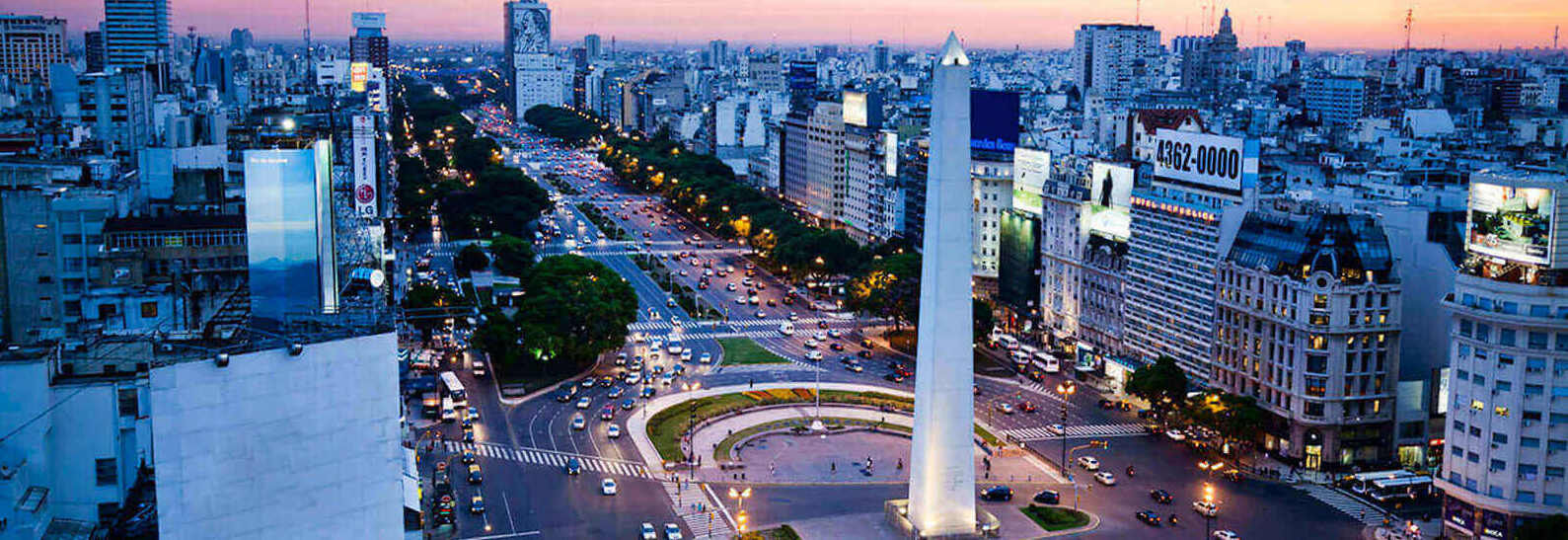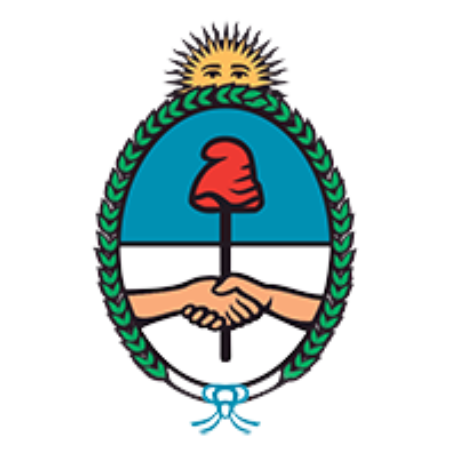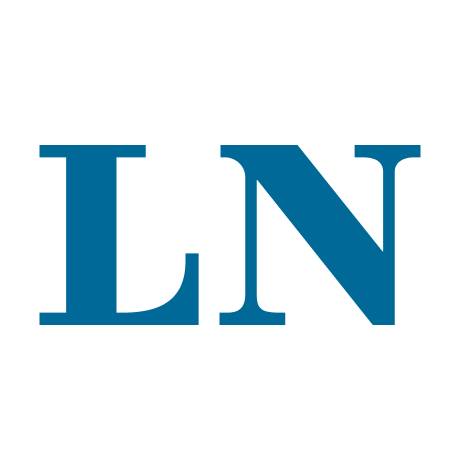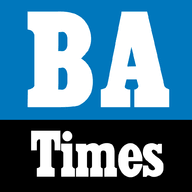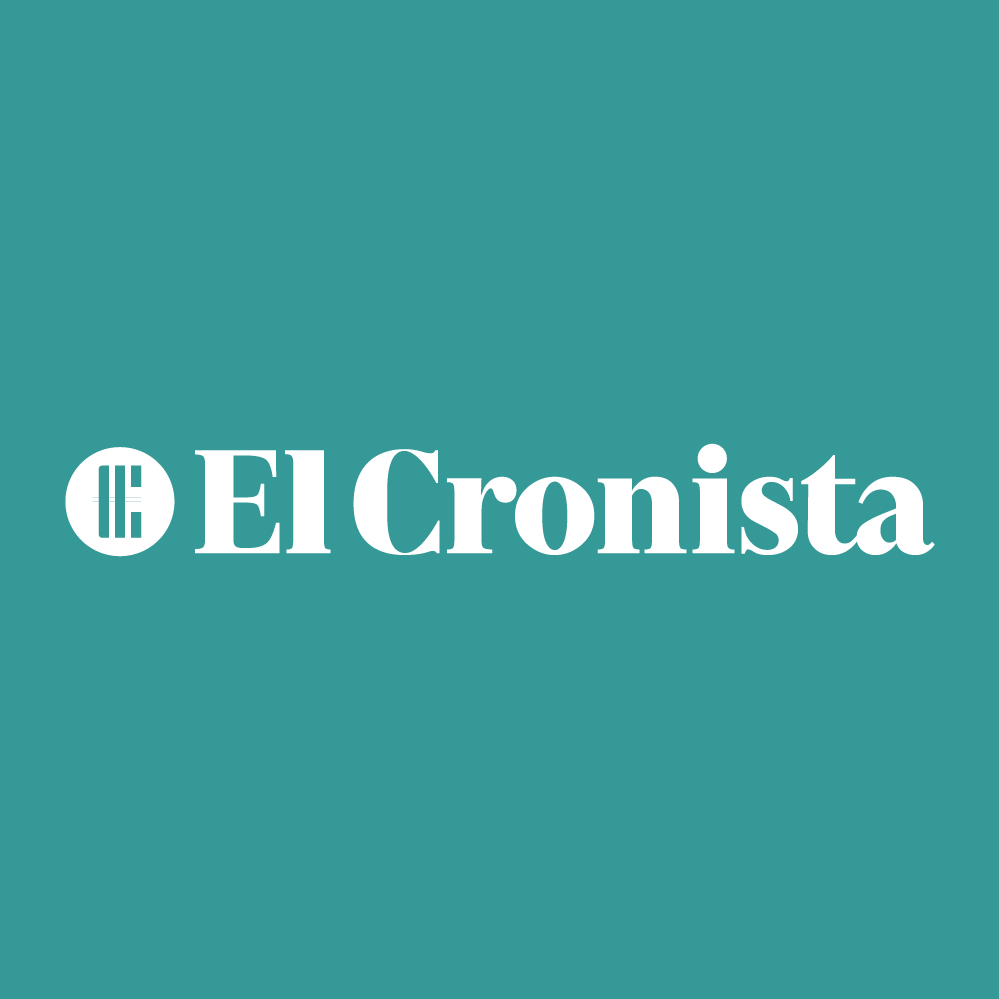ศูนย์บริการข้อมูลธุรกิจไทยในอาร์เจนตินา โดย สถานเอกอัครราชทูต ณ กรุงบัวโนสไอเรส

ข่าวและบทความล่าสุด
-
ในเดือนมกราคม 2567 รัฐบาลอาร์เจนตินาเปิดเผยว่าบัญชีงบประมาณรายเดือนนั้นมีการเกินดุลเป็นครั้งแรกในรอ...
-
เมื่อวันพุธที่ 27 ธันวาคม 2566 ที่ผ่านมา นาย Javier Milei ประธานาธิบดีอาร์เจนตินา ได้เสนอร่างกฎห...
-
ประธานาธิบดี Javier Milei ประกาศว่าเขาจะพยายามที่จะยกเลิกสิ่งที่เรียกว่า 'กฎหมายบริษัท' สำหรับสโม...
-
รัฐบาลชุดใหม่ของอาร์เจนตินา โดยประธานาธิบดี Javier Milei ประกาศการลดค่าเงินเปโซกว่าร้อยละ 50 เมื่อ...
รายงานสถานการณ์เงินเฟ้อ
-
อัตราเงินเฟ้อในเดือนมีนาคมอยู่ที่ 11% และดัชนีราคาผู้บริโภค (CPI) รายปีของอาร์เจนตินาอยู่ที่ 287....
-
อัตราเงินเฟ้อในเดือนกุมภาพันธ์อยู่ที่ 13.2% ซึ่งต่ำกว่าในเดือนมกราคมและธันวาคม 2566 และมีเงินเฟ้อส...
-
อัตราเงินเฟ้อระหว่างปีแตะระดับ 254.4% หมวดสินค้าที่มีราคาเพิ่มขึ้นในรายเดือนมากที่สุดคือ สินค้าแล...
-
สถาบันสถิติและสำมะโนประชากรของอาร์เจนตินา (INDEC) เปิดเผยว่าอัตราเงินเฟ้อของอาร์เจนตินาอยู่ที่ 2...
Useful Links
ลิงก์ที่เป็นประโยชน์
ลิงก์ที่เป็นประโยชน์
สถานเอกอัครราชทูต ณ กรุงบัวโนสไอเรส (Facebook)
เว็บไซต์ทางการของรัฐบาลอาร์เจนตินา



